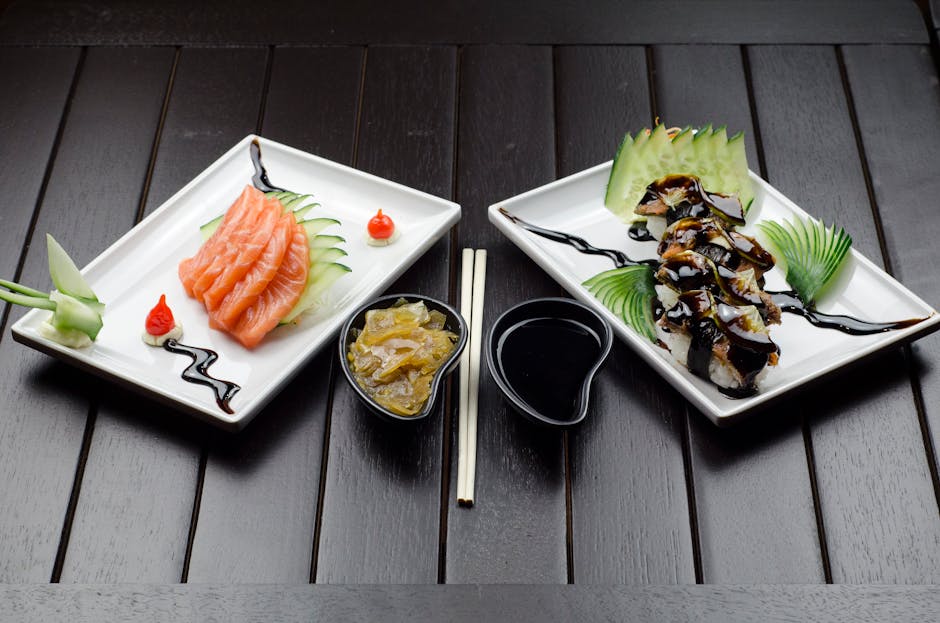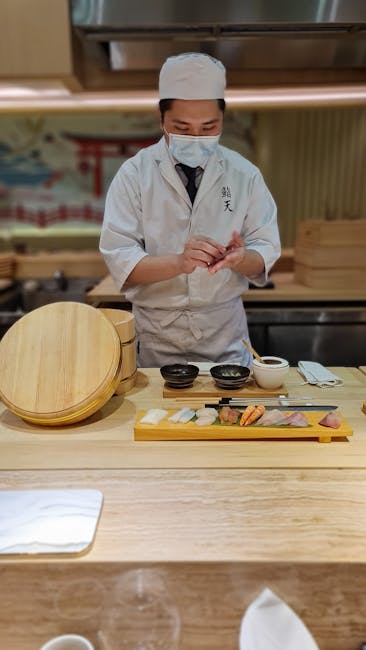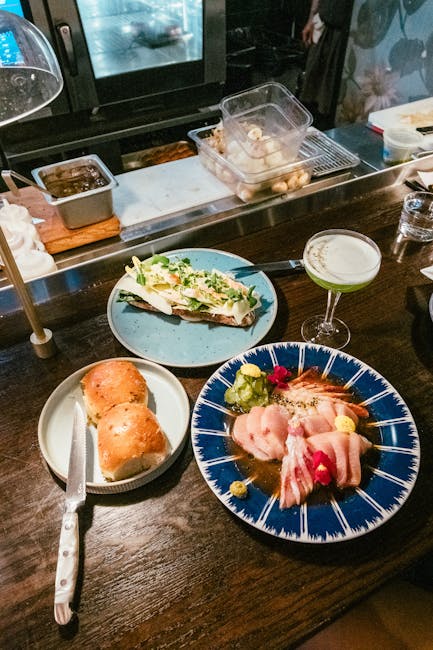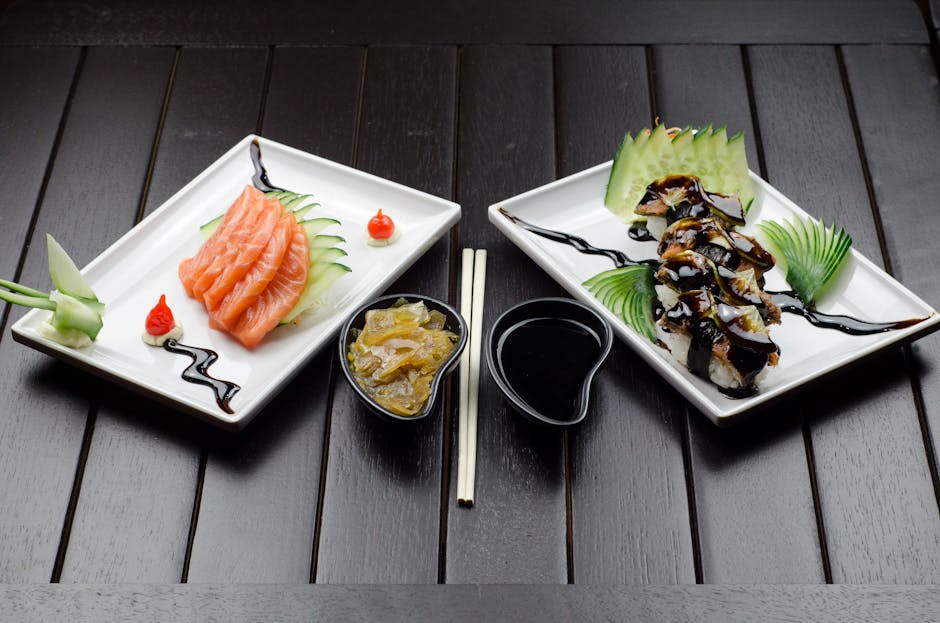Puffer Fish: A Deliciously Dangerous Delight – Navigating the Risks at the Sushi Bar
The allure of fugu, or puffer fish, is undeniable. This enigmatic delicacy, prized for its unique, tingling texture and intensely flavorful flesh, holds a legendary status in Japanese cuisine. However, behind its culinary appeal lies a perilous truth: improperly prepared fugu is fatally toxic. This article delves into the fascinating, and potentially fatal, world of puffer fish, exploring its inherent dangers, the meticulous preparation required, and the crucial safety measures sushi enthusiasts must understand before ordering this risky dish.
The Deadly Toxin: Tetrodotoxin
The danger associated with fugu stems from tetrodotoxin (TTX), a potent neurotoxin found predominantly in the liver, ovaries, and skin of the puffer fish. Tetrodotoxin is 1,200 times more potent than cyanide. Even a tiny amount can cause paralysis, respiratory failure, and ultimately, death. There is no known antidote.
TTX works by blocking sodium channels in nerve cells, preventing the transmission of nerve impulses. This leads to a cascade of symptoms, beginning with numbness and tingling in the mouth and extremities, progressing to muscle weakness, paralysis, and ultimately respiratory and cardiac arrest. The terrifying aspect is the rapid onset of these symptoms and the lack of any effective treatment.
The Art of Fugu Preparation: A Legacy of Skill and Precision
The preparation of fugu is far from a simple culinary task; it’s a highly specialized art form demanding years of rigorous training and meticulous attention to detail. Only licensed chefs, having undergone extensive apprenticeships and passed rigorous examinations, are permitted to prepare and serve fugu in Japan. These chefs undergo years of intense study, learning to identify and carefully remove the toxic organs with painstaking precision.
The process involves a deep understanding of the fish’s anatomy and the precise location of the toxic parts. Even the slightest mistake can have catastrophic consequences. The licensed chefs don’t simply remove the organs; they possess an intricate understanding of the toxin’s distribution throughout the fish and the necessary techniques to ensure complete removal.
The Licensing Process: A Testament to Safety
The rigorous licensing process for fugu chefs underscores the gravity of the potential risks. Aspiring chefs must undergo extensive training, often lasting several years, covering the anatomy of the puffer fish, the precise techniques for removing toxic organs, and the identification of different puffer fish species. The examination process is demanding, involving both written and practical components.
The practical exam typically involves preparing a fugu dish under the watchful eye of examiners who assess not only the skill of the chef but also their adherence to stringent safety protocols. The rigorous standards ensure that only highly skilled and knowledgeable individuals are permitted to handle this potentially lethal ingredient.

Beyond Japan: The Global Risk of Fugu Consumption
While the strict regulations in Japan minimize the risk of fugu-related incidents, the same cannot be said for other countries. The consumption of fugu outside of Japan carries significantly higher risks, as there is often a lack of adequate regulation and oversight in the preparation process. This underscores the importance of exercising extreme caution and only consuming fugu in reputable establishments with proven expertise in its preparation.
In many regions, the availability of properly trained chefs is limited or non-existent. This makes the consumption of fugu outside Japan a risky gamble. Tourists and diners should prioritize their safety and avoid consuming fugu unless they can confirm the preparation is performed by a licensed and qualified chef.

Identifying Safe Fugu: A Consumer’s Guide to Responsible Consumption
If you’re considering trying fugu, it’s paramount to prioritize safety. Only consume fugu in restaurants that specifically state their chefs are licensed and experienced in fugu preparation. Inquire about their preparation methods and licensing credentials. Don’t be afraid to ask questions; your life depends on it.
- Verify Licensing: Check if the restaurant showcases the chef’s license. A reputable establishment will be transparent about the qualifications of its staff.
- Observe Preparation: If possible, observe the preparation process. This provides some level of reassurance, although it’s not a guarantee of safety.
- Reputation Matters: Choose well-established restaurants with positive reviews and a strong reputation for food safety.
- Avoid Unlicensed Sources: Never consume fugu from unlicensed sources or street vendors. The risks are far too great.
The Thrill and the Peril: A Balanced Perspective
The allure of fugu lies in the thrilling juxtaposition of culinary delight and potential danger. It’s a dish that demands respect and a keen awareness of the risks involved. While the experience can be rewarding for those who choose to partake, it is crucial to prioritize safety above all else. By understanding the risks, choosing reputable establishments, and respecting the tradition and expertise of licensed fugu chefs, one can navigate the delicious but dangerous world of puffer fish responsibly.

Ultimately, the decision to consume fugu is a personal one. However, with thorough research and careful consideration of safety protocols, the risk can be mitigated. Remember, the exquisite taste of fugu should never outweigh the paramount importance of life and safety.

